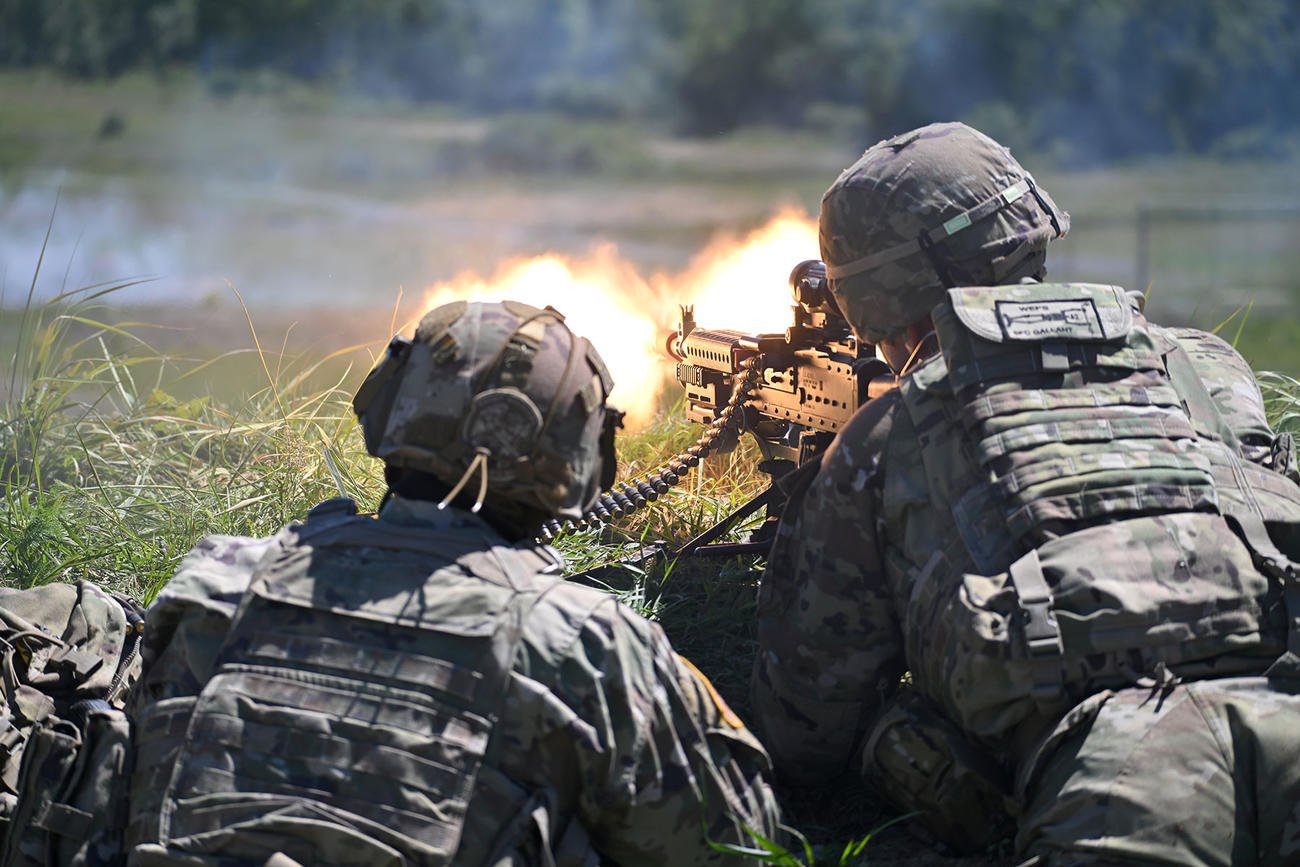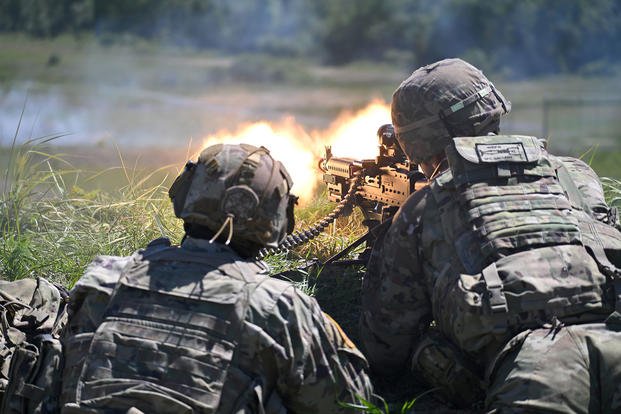

The National Guard is eyeing expansion of its program to train and strengthen relationships with allied countries, an initiative that Pentagon planners hail as a key foreign policy tool.
Now including 106 counties with a $45 million annual budget, the Guard’s State Partnership Program started in 1993 after the fall of the Soviet Union as a means to immediately establish Western influence in newly independent states’ militaries and build alliances in the region. Senior officials say there’s room for more.
“We probably have the capacity for 20 more partnerships with current resources,” Gen. Daniel Hokanson, the top officer for the National Guard, said in an interview with Military.com.
Read Next: ‘At What Cost’: Guard Chief Argues Border Mission Is Getting in the Way of Warfighting
Though it’s unclear which countries the service component may choose to partner with, or how many, the Pentagon will sort through new potential partnerships at the end of the summer. From there, the Guard will start pairing countries with states.
“We allow all states to apply and make the case why they would be the best fit for that country,” Hokanson said.
In practice, the partnerships include joint training where units from countries visit the U.S. or Guard units head abroad. Those opportunities, Pentagon planners have noted, give the U.S. military a constant connection to the partner country, allow the two countries to share tactics, and most importantly embed a constant American influence over the partner’s military doctrine.
Army Secretary Christine Wormuth told lawmakers in April that the program is key to “building enduring relationships” and is mutually beneficial for the Guard and allies.
Improving the military abilities of allies has been a key emphasis of U.S. policy for decades, taking on increased significance as the U.S. looked to draw down its active military campaigns in Iraq and Afghanistan during the Obama administration.
The partnerships also have a byproduct of morale for Guardsmen who get opportunities to travel abroad to train, and typically get the added benefit of a chance to do a bit of tourism.
Expansion of the program has accelerated, motivated by the war in Ukraine.
“With Russia’s invasion of Ukraine, you see a great resurgence,” Hokanson said of the partnership program.
Last week, Sweden became the latest partner with the National Guard through New York, following its admittance into NATO in March — which ended the country’s long precedence of neutrality in a significant blow to Moscow.
“Even though they’re neutral, they see the value in developing training relationships with the Guard,” Hokanson said.
In April, Finland joined NATO and partnered with the Virginia National Guard the following month. Not all partnerships are with NATO countries and includes virtually all of South America and many countries in central Asia and the Pacific region, which would be critical in a fight with China.
When the State Partnership Program started, the first countries to join were all part of the Soviet bloc, including Latvia, Lithuania and Estonia.
At the time the program was being developed, Colin Powell, the Chairman of the Joint Chiefs of Staff at the time, said in a letter to the Guard chief the goal was to help the former Soviet bloc “create a responsible military force within a democratic society.”
That first wave of partnership also included the California National Guard being paired with Ukraine. A year before Russia’s invasion in 2022, Ukrainian President Volodymyr Zelenskyy visited Moffett Federal Airfield in Santa Clara County, California — home of the California National Guard’s 129th Rescue Wing — where he looked at U.S. weapons, many of which he would go on to arm his forces with to counter Russia’s offensive.
Related: NATO Chief Sidesteps Questions on Biden’s Fitness to Lead Alliance Against Putin
